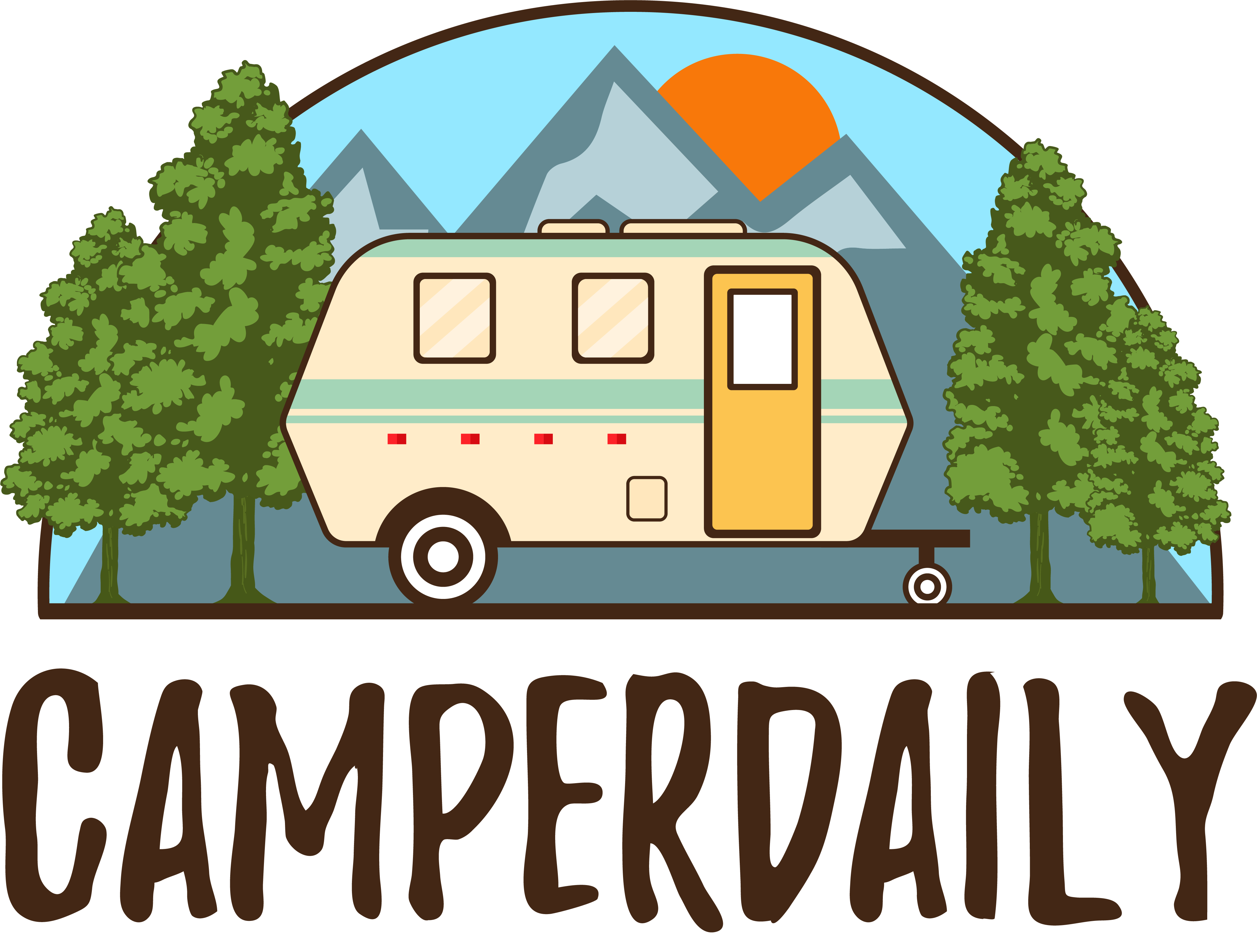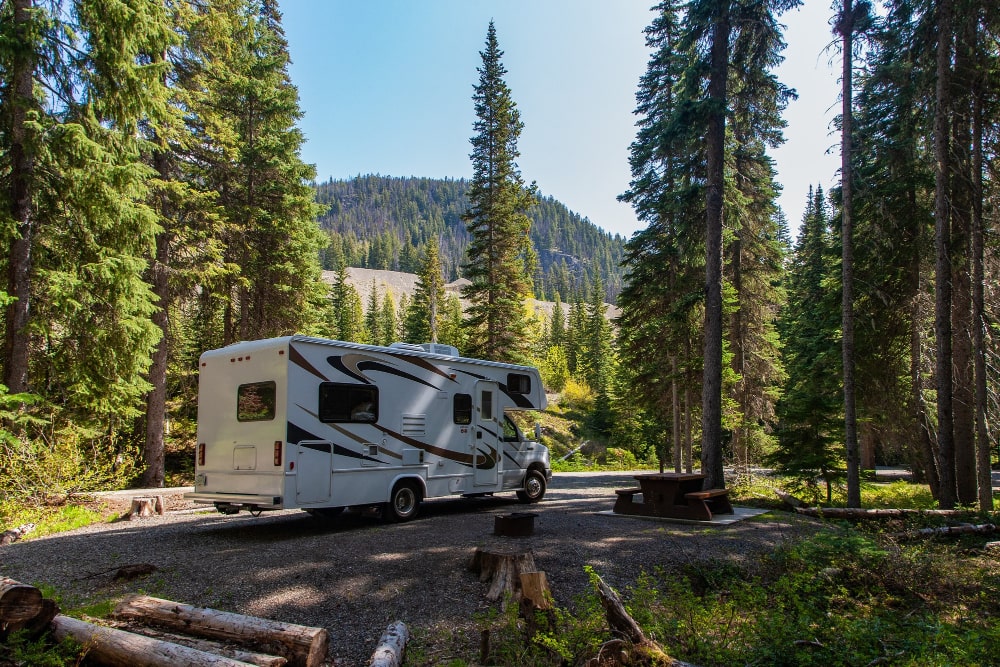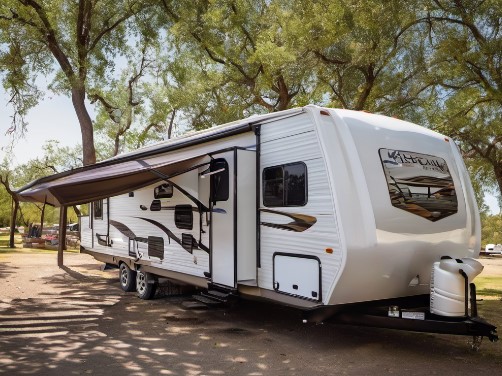Owning an RV is a dream come true for many adventure seekers, offering the promise of freedom and exploration on the open road. Embarking on the journey of RV ownership is akin to unlocking a portal to endless adventures, where the open road becomes your canvas and the RV, your vessel of exploration. The allure of freedom, spontaneity, and the ability to carry the comforts of home wherever you go can make the prospect of owning an RV incredibly enticing. However, beneath the surface of this nomadic dream lie potential pitfalls that, if not navigated with care, can turn the blissful road trip into a challenging odyssey. For first-time RV owners, the learning curve is as much a part of the experience as the breathtaking landscapes they’ll encounter. This guide seeks to shed light on the common challenges associated with RV ownership, offering insights to help navigate these potential roadblocks and ensure that the journey remains a source of joy and discovery.
- Hidden Costs and Budgeting Woes:
One of the most significant pitfalls of RV ownership is underestimating the true cost. Beyond the initial purchase, owners may encounter unexpected expenses such as maintenance, campground fees, fuel costs, and insurance. Creating a realistic budget that accounts for all potential expenditures can help avoid financial strain.
2. Maintenance Challenges:
RVs are complex vehicles with various systems that require regular maintenance. Neglecting upkeep can lead to costly repairs and breakdowns. First-time owners should educate themselves on the maintenance needs of their specific RV model and establish a routine to address issues promptly.
3. Storage Dilemmas:
Finding suitable storage for your RV during periods of inactivity can be a challenge. Many first-time owners underestimate the space requirements and may face restrictions from homeowners’ associations or local ordinances. Researching storage options in advance can prevent last-minute stress.
4. Depreciation Realities:
Similar to cars, RVs experience depreciation over time. First-time owners might not anticipate the rate at which their RV’s value decreases. Understanding the depreciation curve can help owners make informed decisions about upgrades, modifications, and potential resale value.
5. Limited Campground Availability:
Securing a spot at a desirable campground can be challenging, especially during peak travel seasons. Many first-time RV owners underestimate the demand for popular locations and may find themselves scrambling for reservations. Planning ahead and booking well in advance can mitigate this issue.
6. Size and Maneuverability Issues:
RVs come in various sizes, and navigating through tight spaces or unfamiliar terrain can be daunting. First-time owners may struggle with the size and maneuverability of their RV, leading to stressful driving situations. Practice driving in different conditions to build confidence and improve handling skills.
7. Social Isolation:
While the allure of solitude is a draw for many RV enthusiasts, some first-time owners may underestimate the potential for social isolation on the road. Building a community of fellow RVers, participating in group activities, and staying connected with friends and family can help combat feelings of loneliness.
8. Insurance Gaps:
RV insurance is a critical aspect of ownership, yet many first-time owners may overlook the specific coverage needs of their recreational vehicle. Failing to obtain adequate insurance can result in financial hardship in the event of accidents, theft, or damage. Thoroughly research and invest in comprehensive RV insurance.
Owning an RV can be a rewarding experience, but it’s essential for first-time owners to be aware of the potential pitfalls. By understanding the challenges associated with RV ownership and taking proactive steps to address them, enthusiasts can embark on their journeys with greater confidence and enjoyment. The world of RV ownership is a tapestry woven with both exhilarating highs and unexpected lows. As first-time owners set out on this nomadic adventure, the key to a fulfilling and enjoyable experience lies in awareness, preparation, and adaptability. While the pitfalls may be lurking, armed with knowledge and a proactive mindset, RV enthusiasts can transform challenges into valuable lessons. From hidden costs to the intricacies of maintenance, from the quest for the perfect campsite to the social dynamics on the road, each aspect contributes to the mosaic of the RV lifestyle. By embracing these challenges as part of the grand adventure, first-time owners can unlock the full potential of their RVs, creating memories that will forever be etched into the vast landscapes traversed and the stories shared around the campfire. May the road ahead be paved with both the thrill of the unknown and the satisfaction of overcoming the pitfalls, ensuring that the RV journey becomes a tapestry of experiences woven with the threads of resilience, camaraderie, and the unbridled joy of exploration. Happy trails!




